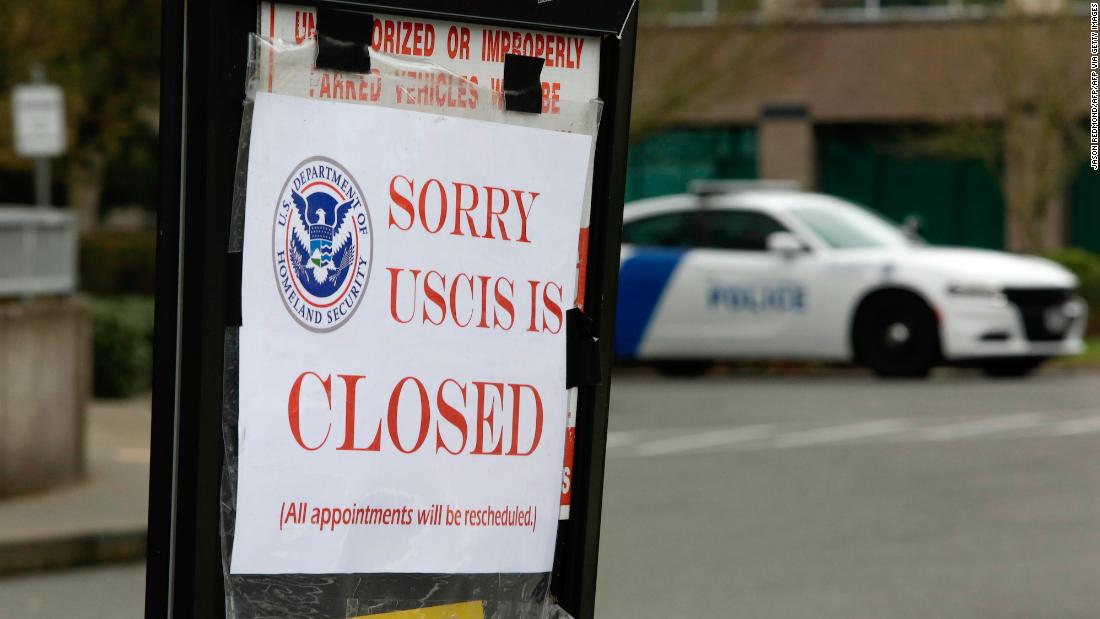U.S. Citizenship and Immigration Services announced on Aug. 25 that the agency will abandon plans for administrative furlough of more than 13,000 employees, scheduled to begin Aug. 30. USCIS expects to cover budget shortfalls, which were the announced reason for the furloughs, through spending cuts and increased revenue.
USCIS Deputy Director for Policy Joseph Edlow predicted that spending cuts “will increase backlogs and wait times across the board, with no guarantee we can avoid future furloughs.” Applicants should anticipate processing delays for all case types, including adjustment of status and naturalization.
Anticipated operational impacts also include “increased wait times for pending case inquiries with the USCIS Contact Center.”
And delays are likely in receiving receipt notices, appointment notices, and other notice types from USCIS Lockboxes and Service Centers.
USCIS informed Congress of its financial woes in the middle of May, as reported by CBS News. USCIS requested $1.2 billion in emergency funding and promised to repay the funds by imposing a 10% surcharge on applications. However, a Congress and the Trump administration have been unable to reach agreement on how USCIS should be rescued from a potential fiscal collapse. Also, Republican and Democratic members of Congress had pressured the agency to abandon its plans for the furloughs, arguing they were not financially necessary and would have a devastating human toll, as reported by U.S. News.
June 13, 2020: Officials at USCIS told employees last month that the agency may soon be unable to meet payroll. Management has estimated it will run out of funds to operate normally on Aug. 3.
About 15,000 USCIS employees may be furloughed in 30-day increments, according to Government Executive. That represents three quarters of the agency’s workforce.
The agency is funded almost entirely through user fees, not Congressional appropriations.
But because of the budget shortfall USCIS is asking Congress for a $1.2 billion cash injection to help offset the losses and permission for a 10% increase its fees to reimburse the appropriation.
USCIS estimates a 61% drop in applications through the end of fiscal 2020. USCIS blames the shortfall on COVID-19. But another reason for the shortfall is that fewer applications are being filed and adjudication is becoming much more complicated due to the administration’s anti-immigrant agenda. Even prior to COVID-19, the agency proposed a massive increase in user fees because of related budget deficits.
Michael Knowles, head of the American Federation of Government Employees local that represents USCIS employees in the Washington area, says applications have fallen off because “the president is doing everything he can to shut down legal immigration.” Remember presidential candidate Donald Trump’s call for “extreme vetting” of immigrants? It turns out that costs the agency inordinate amounts of money. “The agency’s costs have mainly risen because new policies put in place lead officers to spend additional time on more complex cases, according to Ur Jaddou, former USCIS chief counsel and current director of DHS Watch. A couple of the top money-wasting policies are:
- An unprecedented increase in the number and complexity of requests for evidence (RFEs), asking applicants for submission of hundreds or thousands of pages of documents, even documents that were previously submitted or are not relevant to the case.
- The public charge rule, requesting huge amounts of data and evidence to show that an applicant is not likely in the future to rely on public assistance. For example, an applicant–even one with a PhD from a U.S. university–needs to pay a professional to get a credentials evaluation to show the U.S. equivalence of their foreign degrees.
Furloughs of this magnitude would undoubtedly cripple USCIS’ ability to carry out is mission. The longer the agency is understaffed, the longer processing times will grow.


Leave a Reply